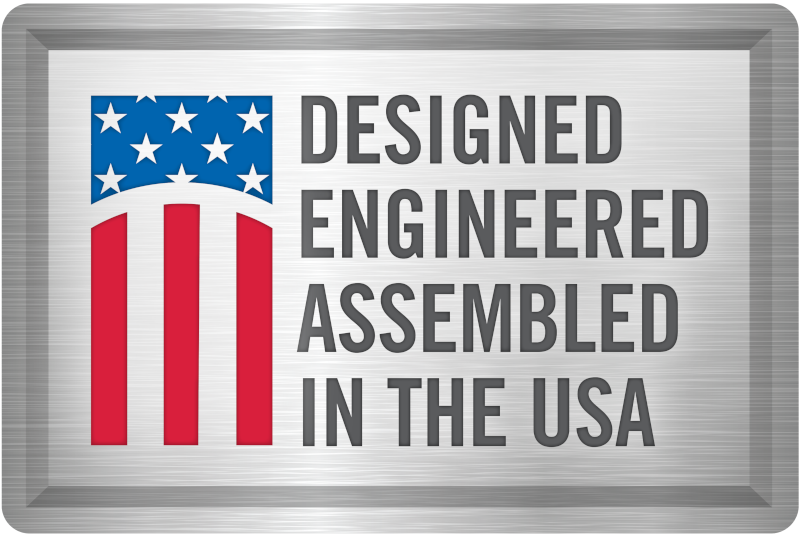What type of fuel feeds the Hot Dawg?
Hot Dawg unit heaters can operate on either natural or propane gas.
Hot Dawg H2O heater uses hot water from a homeowner’s boiler or water-to-water heat pump.
Does the Hot Dawg vent to the outside of the garage?
Yes, harmful fuel products such as carbon monoxide and slightly acidic water vapor are safely vented outside with a power exhauster that allows for vertical or horizontal venting.
What size Hot Dawg is needed to heat a garage?
Determining the perfect size depends on many variables. Factors to consider include:
Are you looking for continuous heat or intermittent use?
Temperature set-point
Materials of the walls, roof & floor
Types of doors & windows, number, locations, and dimensions
Insulation R-value (if any)
Gas-Fired Unit
Btu/HR Input
Applications
HD/HDS30
30,000
1 to 1-1/2 Car Garage
HD/HDS45
45,000
2 to 2-1/2 Car Garage
HD/HDS60
60,000
3 to 3-1/2 Car Garage
HD/HDS75
75,000
Larger Garages & Higher Altitudes
HD/HDS100
100,000
Larger Garages, Out-Buildings & Higher Altitudes
HD/HDS125
125,000
Larger Garages, Out-Buildings & Higher Altitudes
Hot Water Unit
Btu/Hr @ 180F 2 GPM
Application
HHD30
30,900
1 to 2 Car Garage
HHD45-low speed
31,100
2 to 3 Car Garage
HHD45-high speed
44,800
2 to 3 Car Garage
When would a stainless steel heat exchanger be needed instead of a standard aluminized heat exchanger?
Stainless steel heat exchangers are typically selected for protection from premature corrosion due to high humidity or if the unit will be maintaining a set point below the typical 60-70º F for comfort heating.
In colder ambients, water vapor from combustion may condense inside the heat exchangers and vent systems as the unit cycles on and off.
When would a separated combustion Hot Dawg (HDS-series) be needed instead of a standard Hot Dawg (HD-series)?
Separated combustion unit heaters are typically selected when there may be relatively high humidity, mildly corrosive vapors, or airborne dust in the space.
Do I have to allow for space around the Hot Dawg?
Yes, clearance to combustibles, access to components, and airflow that need to be maintained.
The Installing contractor will be responsible for ensuring the installation meets the manufacturer’s requirements and local building codes. See installation guidelines.
What supply voltage is required?
115 volt, 60 hertz that is hard-wired to the unit, no plug-ins. Controls and thermostats are low-voltage with an internal 115 V / 24 V step-down transformer. Proper selection of wiring types and gauges should be made by your licensed contractor.
What is the amp draw for the unit?
Amp draws vary by model and size. Contractors use this and the length of wire to the unit to determine the type and gauge of wire required to meet local building codes and manufacturer’s recommendations for safe and proper operation.
What size gas connection does the Hot Dawg have?
The Hot Dawg has a ½” gas connection. The contractor is responsible for ensuring that gas piping, pressure regulators, and connections meet local codes and the manufacturer’s instructions.
What size & type of vent pipe should be used?
Vent connections are 3” or 4” depending on the type (HD or HDS) and capacity of the model selected. The type of vent depends on the application, the manufacturer’s recommendations, and local building codes.
Further, special connections (adaptors/drip legs) and terminations (vent caps) may be needed to meet the manufacturer’s recommendations and local codes. For separated combustion units, consider a horizontal or vertical concentric vent kit for only one penetration through the wall or roof instead of two.
How is the Hot Dawg mounted in a garage?
The Hot Dawg includes angled hanging brackets designed for 3/8” bolts, lag screws, or rods. This allows for a snug-to-ceiling installation that meets the 1” clearance to combustibles from the top of the unit. Units can also be suspended with threaded rods and Modine vibration isolation kits if lower vibration and noise levels are essential.
Can I install the Hot Dawg by myself?
Only qualified contractors should install and troubleshoot Hot Dawg garage heaters.
The unit requires hard piping of natural or propane gas, hard wiring of line-voltage electricity, and the venting of noxious flue gasses, including carbon monoxide.
Further, all local building codes and manufacturer recommendations must be adhered to, or the warranty will be voided, and their insurance carrier won’t cover any claims that may result from improper installation.
Installation requires specialized training, diagnostic meters, tools, and experience that few homeowners possess.
Can the unit be flipped to allow left-or-right hand access to the controls?
Yes, the HD and HDS-series 30, 45, 60, and 75 models can be flipped 180 degrees for left or right-hand connections, venting or access to the controls.
Is the Hot Dawg covered by a warranty?
Yes, the limited warranty covers the cost of replacement parts due to defects in material and workmanship for 10-years on the heat exchanger and two-years on the components.
The warranty does not cover labor charges for premature failure due to the improper installation.
Can the Hot Dawg operate at high altitudes?
Yes, adjustments and kit are required for installations above 2,000 ft.
Adjustments and kits vary by model and altitude.


